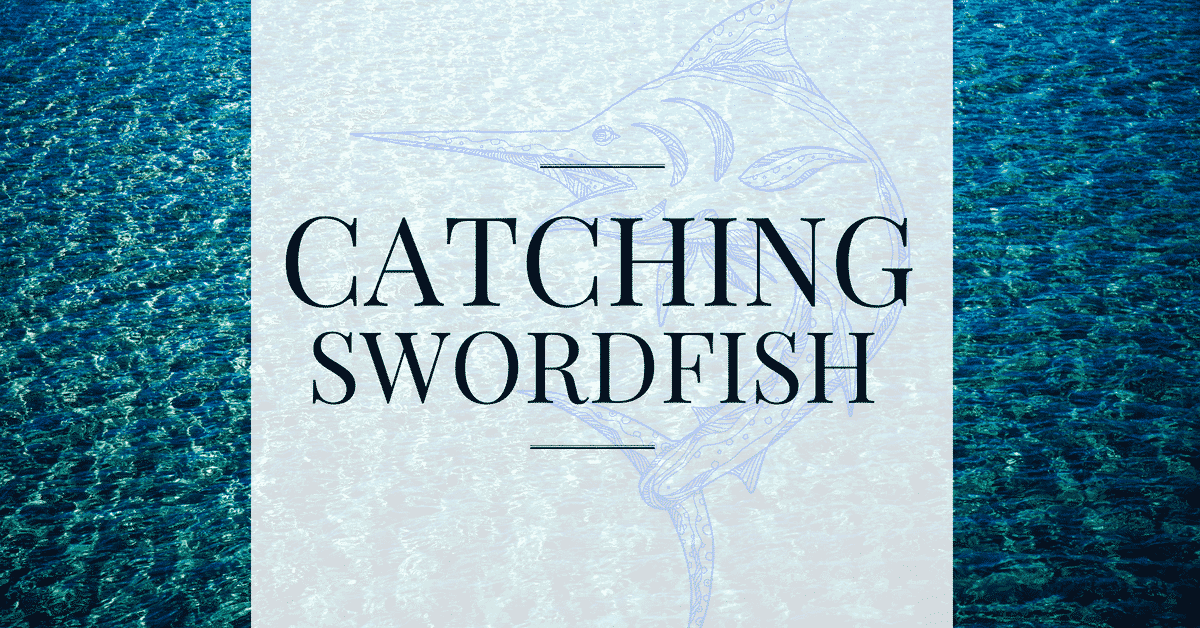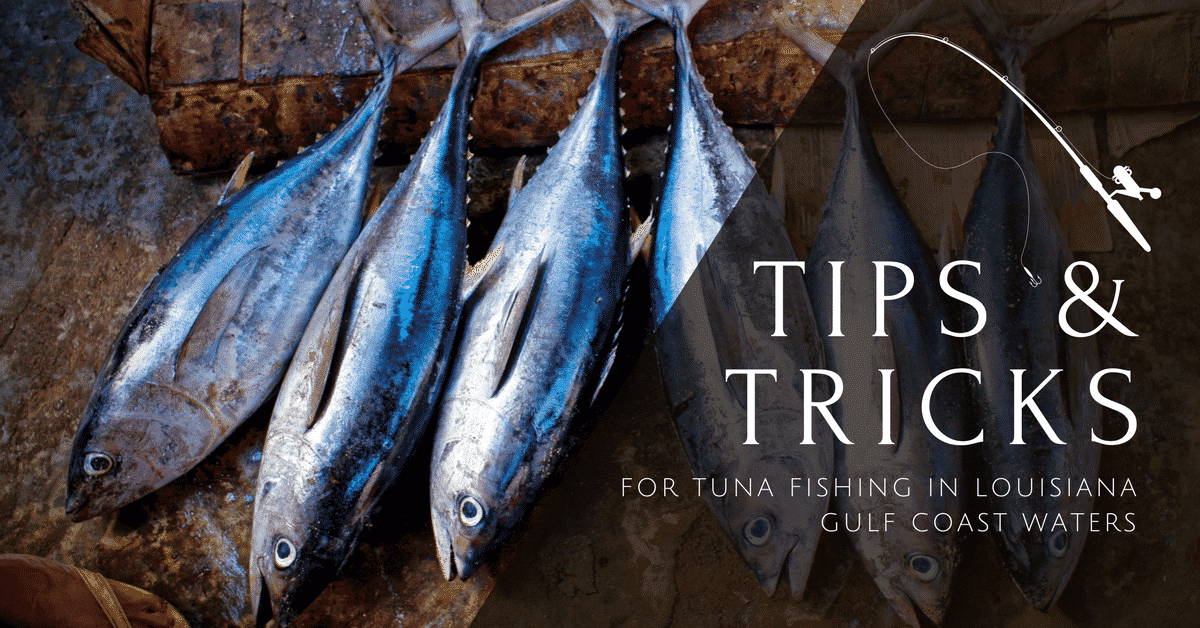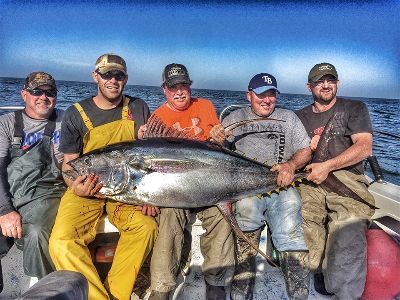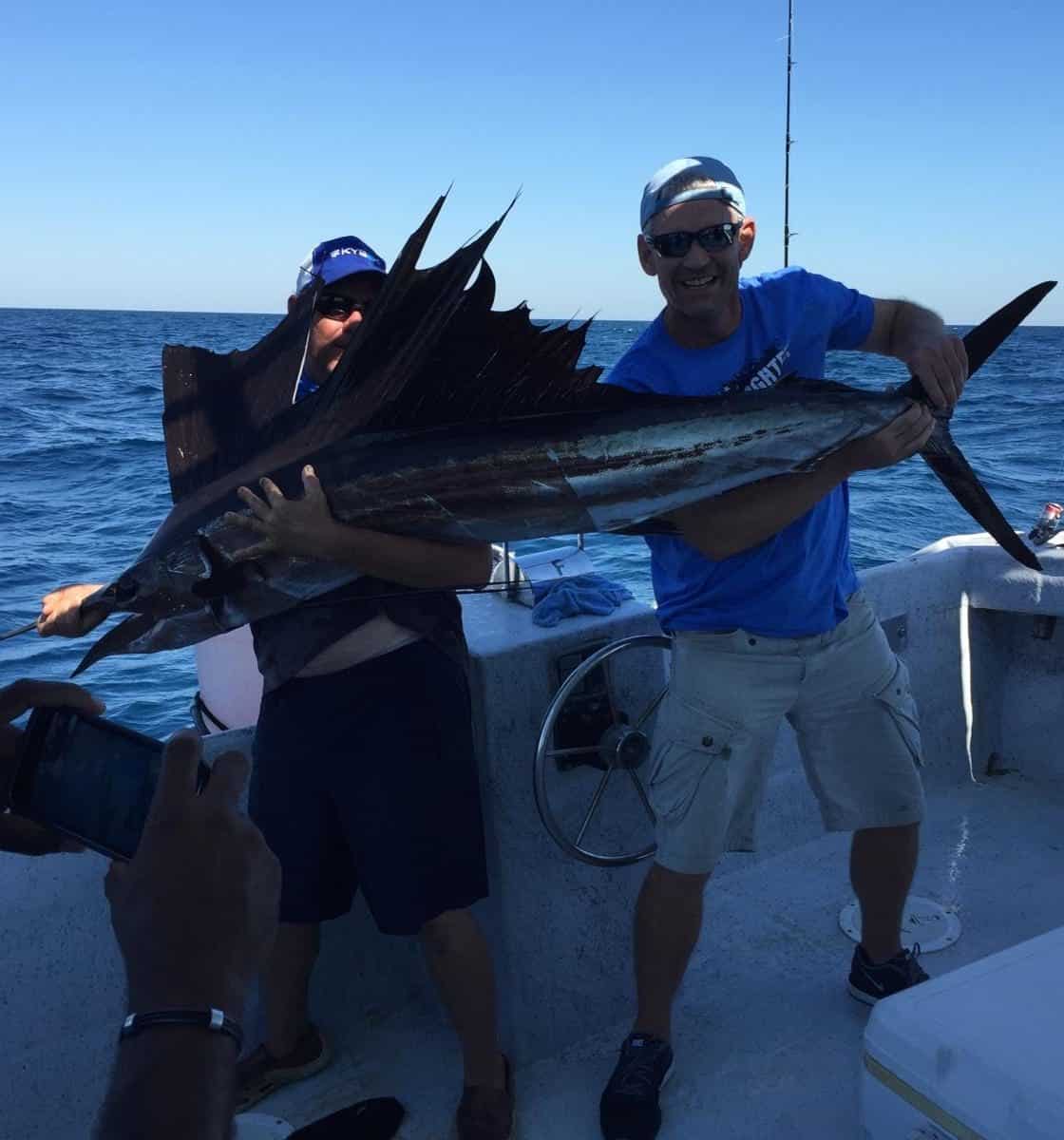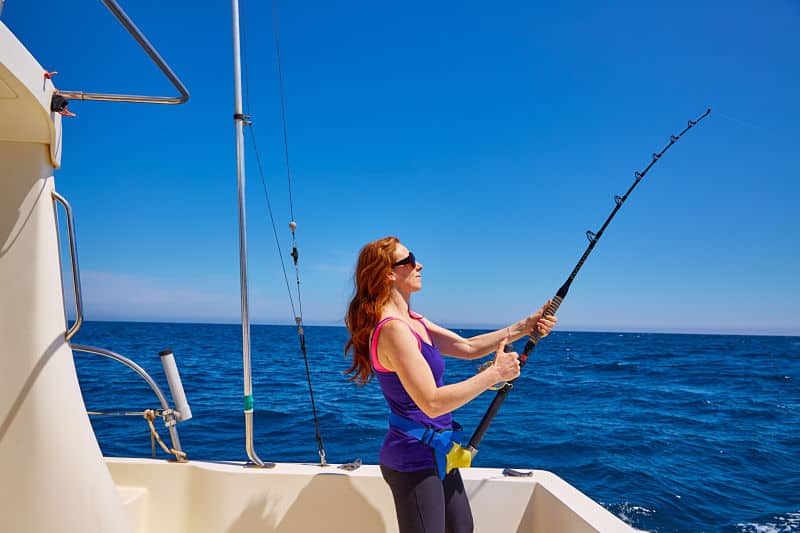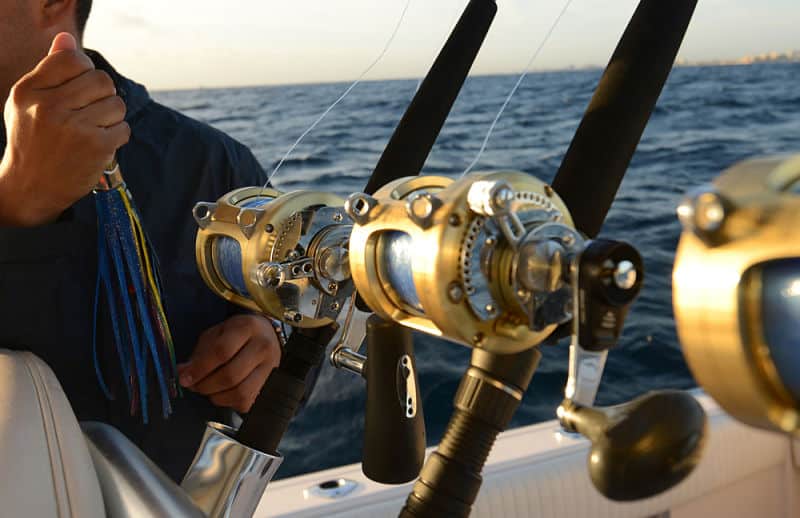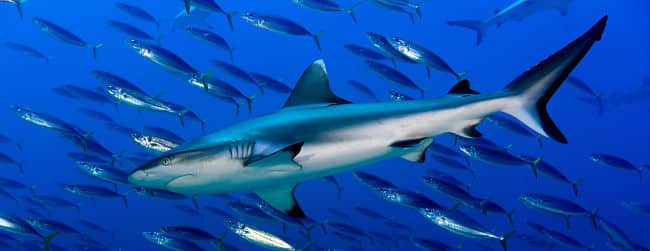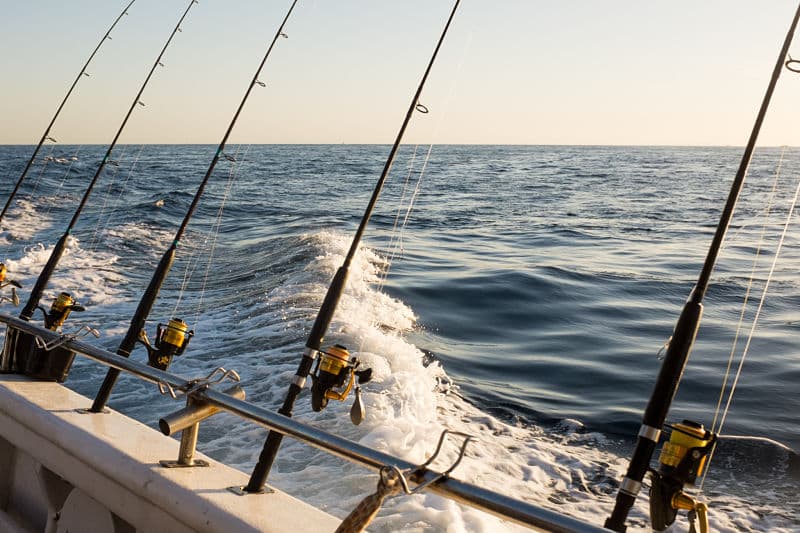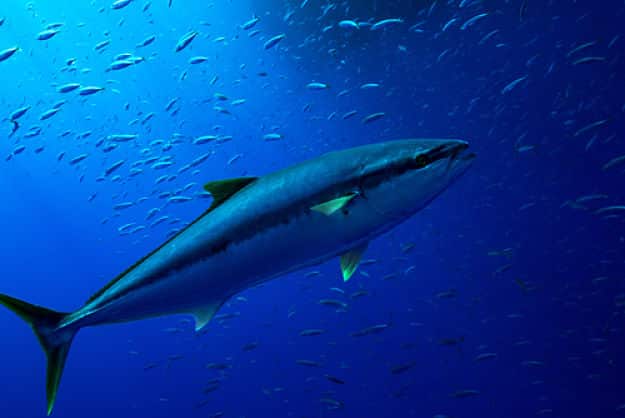The best charter fishing articles about the Gulf of Mexico from the best charter fishing company in Venice, Louisiana.
Catching Swordfish out of Venice LA
Dean Cacioppo2024-06-18T00:21:59-05:00Swordfish - The Bite is On... Fishing out of Venice, Louisiana for Swordfish during the day is no easy task. If you want to land a Swordfish, it would be wise to go fishing with a professional fishing charter that knows how to catch them. There are specific ways to bait a hook and to



